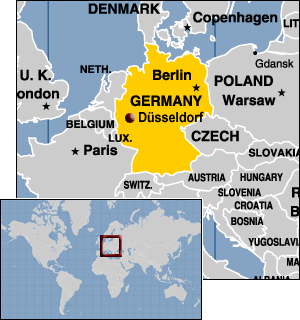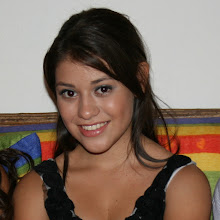“The Dance Class” by Edgar Degas

(Edgar Degas. The Dance Class. http://www.nga.gov/feature/artnation/degas/dancinglife_2.shtm)
Edgar Degas.
The Dance Class.
85 x 75 cm
c. 1873-1876
Oil on canvas,
Musée d’Orsay, Paris.
Since the beginning of the class of Impressionism I was fascinated with the interpretation that our professor Charlie told us. The impressionist paintings really looks like memories that we hold on our head, and the may be not clear, but they are still there.
For me, most of the paintings that I have seen, give me like a warm and cold sensation; when I saw them I felt the warm of the act of remembering, but superficially, I feel like in the moment that the picture was being painting, there was cold weather in that place, and that looks like in a lot of paintings, but not all of them. Maybe they seem like that just in Monet’s works.
I chose this image because the dance is a very important activity in my life. Also ballet is one of the infinite creative ways to express art, feelings and emotions.
One other thing about the reason why I chose this painting is because when I saw impressionist paintings I also saw movement, a soft but a notice movement. So if we are talking about impressionism, that for me means memories, movement and smoothness, we are talking of ballet dances too. That’s my opinion.
To represent this painting I wanted to do like a live ballet studio, with a ballet dancer on it. I don’t have it all finish, but I have some advances.
Classic Dance is a way to escape of the hard life and remember those times.
Bibliography:
- Breve Historia del Arte. Impresionismo. Consulted on November 09th 2009. Available on: http://www.spanisharts.com/history/del_impres_s.XX/impresionismo/impresionismo_degas.html
- National Gallery of dance. The dance lesson. Consulted on November 09th 2009. Available on: http://www.nga.gov/feature/artnation/degas/dancinglife_2.shtm
 (“Adam and Eve”. Art and the Bible Website. Consulted on Monday October 5th, 2009. Available at:
(“Adam and Eve”. Art and the Bible Website. Consulted on Monday October 5th, 2009. Available at: 





